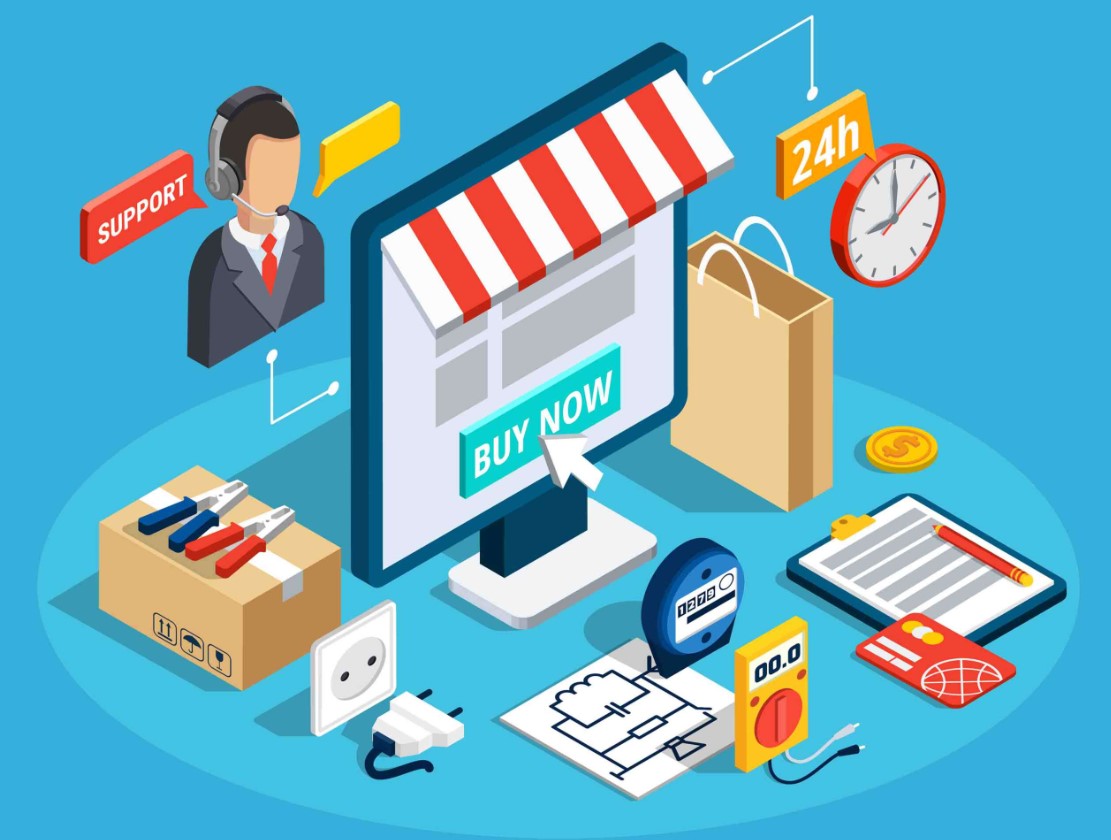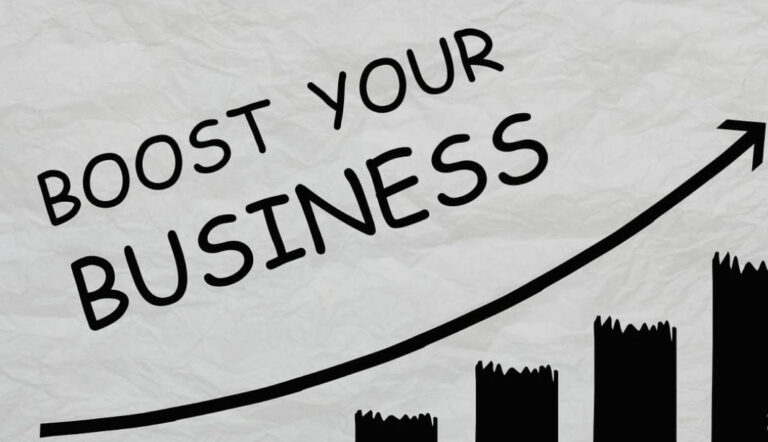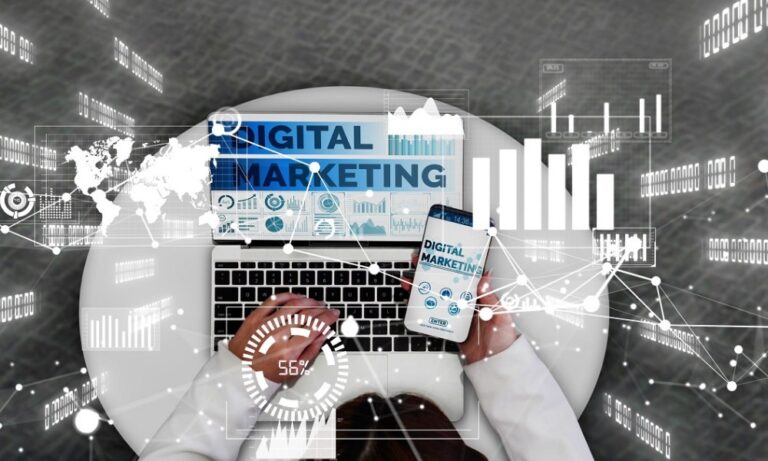How to Build a Successful E-commerce Business from Scratch
Starting an e-commerce business from scratch can be an exciting yet challenging journey. With the rapid growth of online shopping, creating a successful e-commerce business offers huge potential for profitability, but it requires careful planning, the right tools, and a solid strategy. In this guide, we’ll walk you through how to build a successful e-commerce business, explore the benefits of e-commerce technology, and provide detailed comparisons of essential tools to help you along the way.
Why E-commerce is a Powerful Business Model
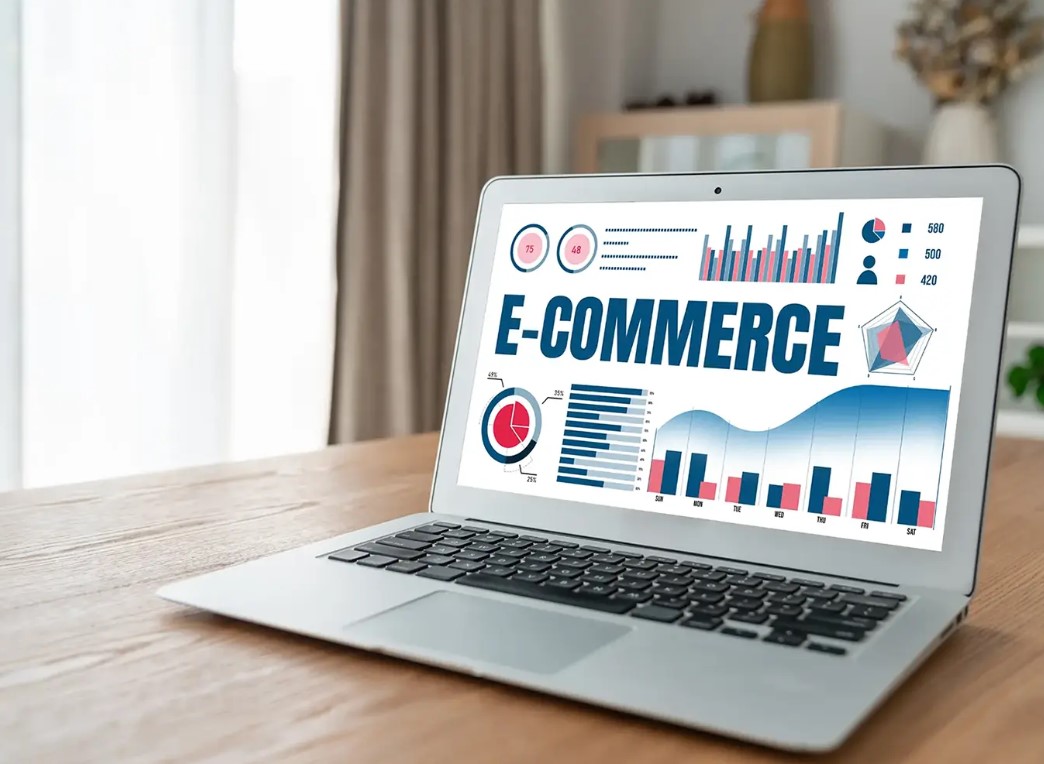
E-commerce has completely transformed the landscape of business, offering unparalleled opportunities for entrepreneurs and established businesses alike. Over the past few decades, we’ve seen a significant shift from brick-and-mortar stores to online shopping, with consumers now preferring the convenience, variety, and accessibility of e-commerce. But why exactly is e-commerce such a powerful and effective business model? Let’s dive into the specifics.
1. Global Reach
One of the most significant advantages of e-commerce over traditional business models is the ability to reach a global audience. In a traditional retail model, your customer base is often limited to the geographical location of your store. With e-commerce, that limitation disappears.
- Unrestricted Market Access: An e-commerce store can serve customers not just locally, but globally. This means your products or services are available to anyone with internet access, expanding your market exponentially.
- Diverse Customer Base: Since e-commerce breaks down geographical barriers, you can tap into a more diverse range of customers. This is especially beneficial for niche markets, where local demand might not be enough to sustain a business, but a global audience can provide ample opportunity.
- 24/7 Availability: Unlike a physical store with set operating hours, an e-commerce store is always open. Customers can shop whenever they want, whether it’s during the day, late at night, or even on holidays. This means more sales opportunities, as customers from different time zones can access your store at their convenience.
2. Lower Operational Costs
Another major benefit of the e-commerce model is the significantly lower operational costs compared to a traditional brick-and-mortar business. Running a physical store can be costly—rent, utilities, in-store employees, and inventory management all add up. E-commerce reduces or eliminates many of these expenses.
- No Physical Storefront: E-commerce eliminates the need for renting or owning expensive retail space, which can be a significant portion of overhead for traditional businesses. Instead, your “store” is your website, which only requires hosting and maintenance costs.
- Lower Staffing Costs: You can run a successful e-commerce business with minimal staff. Automation tools, such as inventory management software, payment gateways, and customer service chatbots, reduce the need for a large team. Many e-commerce entrepreneurs can even run their businesses solo, especially if using models like dropshipping.
- Efficient Inventory Management: With e-commerce, you can implement strategies like just-in-time inventory, where products are only ordered or produced when there’s demand, reducing the need for expensive warehousing and minimizing the risk of overstock.
3. Scalability and Flexibility
E-commerce is an incredibly scalable business model. Unlike traditional retail stores, which are often limited by physical space, staffing needs, and regional demand, e-commerce businesses can grow and scale with minimal friction.
- Add Products Easily: Once your online store is set up, adding new products is simple and cost-effective. There’s no need to worry about rearranging a physical store, expanding floor space, or hiring additional staff.
- Expand to New Markets: As your business grows, expanding into new markets or regions can be done digitally with minimal investment. For example, you can add new language options to your website, or work with international shipping providers to serve new countries.
- Low-Cost Marketing Channels: E-commerce businesses have access to a wide variety of digital marketing tools, such as Google Ads, social media marketing, and email marketing, which offer cost-effective ways to reach new customers. Digital marketing also allows for precise targeting, ensuring that your advertising spend is directed toward potential customers most likely to make a purchase.
4. Enhanced Customer Insights and Personalization
One of the most powerful aspects of e-commerce is the ability to collect, analyze, and leverage customer data. Unlike traditional stores, where customer interactions are often limited to face-to-face exchanges, e-commerce platforms offer businesses valuable insights into customer behavior, preferences, and shopping patterns.
- Data-Driven Decision Making: With e-commerce, you can track how customers interact with your site, what products they’re interested in, and which marketing strategies are most effective. Tools like Google Analytics and built-in e-commerce dashboards provide a wealth of information, allowing you to make informed decisions that optimize your business.
- Personalization at Scale: Customer data allows you to create personalized shopping experiences. By analyzing past purchases, browsing history, and customer demographics, you can offer targeted recommendations, personalized email campaigns, and custom discounts. This level of personalization builds customer loyalty and increases sales.
- Predictive Analytics: E-commerce businesses can use predictive analytics to anticipate trends and customer needs. By analyzing historical data, you can forecast demand, optimize inventory, and create targeted marketing campaigns. This helps to ensure you always have the right products at the right time, improving customer satisfaction and reducing excess stock.
5. Automation and Efficiency
E-commerce businesses can leverage automation to streamline operations and improve efficiency. From inventory management to customer service, automation tools reduce manual work, allowing business owners to focus on growing their businesses rather than getting bogged down in day-to-day tasks.
- Automated Inventory Management: Tools like Shopify and WooCommerce offer inventory management solutions that automatically update stock levels, notify you when products are low, and even reorder items from suppliers.
- Customer Service Automation: With chatbots and automated email responses, you can handle customer inquiries without needing a dedicated customer service team. This not only saves time but also ensures customers receive timely responses to their questions.
- Order Fulfillment: Automation tools like ShipStation allow businesses to automate the shipping process, from printing labels to tracking shipments. This increases order fulfillment efficiency and ensures that customers receive their orders on time.
Step-by-Step Guide to Building a Successful E-commerce Business

1. Choose the Right E-commerce Platform
The foundation of your e-commerce business is the platform you choose. It acts as the backbone for your store, enabling you to manage products, process payments, and fulfill orders. Some of the top platforms include:
Shopify
- Price: Starts at $29/month
- Features: Shopify offers a user-friendly platform with customizable themes, integrated payment processing, and a wide range of apps and integrations.
- Use Case: Ideal for small to medium-sized businesses that need a fully hosted solution.
- Pros: Easy to set up, powerful marketing tools, excellent customer support.
- Cons: Transaction fees for third-party payment gateways.
WooCommerce
- Price: Free (requires hosting, typically $5–$15/month)
- Features: WooCommerce is a free WordPress plugin that allows you to turn your website into an online store. It offers flexibility and is highly customizable with themes and plugins.
- Use Case: Best for those who want full control over their website and prefer open-source solutions.
- Pros: Fully customizable, no transaction fees, large community support.
- Cons: Requires more technical knowledge and separate hosting.
BigCommerce
- Price: Starts at $29.95/month
- Features: BigCommerce offers built-in marketing tools, scalability, and support for multi-channel sales. It’s perfect for businesses looking to grow quickly.
- Use Case: Great for growing businesses that need scalability without worrying about technical complexity.
- Pros: No transaction fees, strong SEO features, highly scalable.
- Cons: Limited design customization unless you know coding.
Squarespace
- Price: Starts at $12/month for personal, $18/month for business
- Features: Squarespace offers beautifully designed templates and built-in e-commerce features. It’s ideal for those focused on aesthetics and simplicity.
- Use Case: Best for small businesses or individuals who need a simple, visually appealing website.
- Pros: Stunning design templates, easy to use, all-in-one solution.
- Cons: Fewer integrations and less customization than other platforms.
Comparison Table: Top E-commerce Platforms
| Platform | Use Case | Pros | Cons | Price | Features |
|---|---|---|---|---|---|
| Shopify | Small to medium businesses | Easy setup, excellent support, integrations | Transaction fees for third-party gateways | $29/month | Customizable themes, built-in marketing tools |
| WooCommerce | Full control over website | Highly customizable, no transaction fees | Requires hosting, technical knowledge required | Free (hosting extra) | Free WordPress plugin, large community support |
| BigCommerce | Growing businesses | No transaction fees, SEO-friendly | Limited design customization | $29.95/month | Multi-channel sales, scalable solution |
| Squarespace | Small businesses, creatives | Beautiful templates, easy to use | Fewer integrations, limited customization | $12/month | All-in-one solution, visually stunning designs |
2. Build a Strong Brand Identity
Your brand is more than just a logo or a name. It’s how customers perceive your business, and in a crowded e-commerce market, standing out is essential. Here’s how you can build a strong brand identity:
- Create a Unique Logo: Your logo is the visual representation of your brand. It should be memorable and reflect your business values. You can use tools like Canva or hire a professional designer on platforms like Fiverr or Upwork.
- Develop Your Brand Voice: The way you communicate with your customers (through website copy, emails, social media posts) should reflect a consistent brand voice. Whether it’s fun, professional, or quirky, your voice should resonate with your target audience.
- Design a Professional Website: Your website is often the first interaction customers have with your brand. Ensure it’s user-friendly, mobile-optimized, and visually appealing.
3. Select Your Products and Source Suppliers
Choosing the right products is crucial to your success. Whether you plan to sell physical goods, digital products, or services, it’s important to conduct thorough market research to ensure there is demand for your offerings.
Here are some key product sourcing methods:
- Manufacturing: Create your own products or work with a manufacturer to produce them. This method allows for complete control over the product but requires higher initial investment.
- Dropshipping: Partner with suppliers who manage inventory and ship products directly to your customers. Platforms like Oberlo integrate with Shopify to streamline the dropshipping process.
- Wholesale: Buy products in bulk from suppliers at discounted rates and sell them at a higher price. Websites like Alibaba and SaleHoo are popular for finding reliable wholesalers.
4. Optimize for SEO and Digital Marketing
SEO (Search Engine Optimization) is essential for driving organic traffic to your e-commerce store. Here are some strategies to implement:
- Keyword Research: Use tools like Google Keyword Planner or Ubersuggest to identify keywords your target audience is searching for. Include these keywords in your product descriptions, blog posts, and meta tags.
- Content Marketing: Blogging is a great way to attract visitors to your site. Write helpful articles related to your products or industry. For example, if you sell fitness equipment, you can write about workout routines, nutrition tips, or product reviews.
- Social Media Marketing: Promote your products on social media platforms like Instagram, Facebook, and Pinterest. Each platform has its unique audience, so tailor your content accordingly.
- Email Marketing: Building an email list allows you to engage with potential customers directly. Offer discounts or exclusive content to encourage sign-ups.
5. Payment and Shipping Solutions
Choosing the right payment gateways and shipping methods can improve customer satisfaction and reduce abandoned carts.
- Payment Gateways: Most e-commerce platforms integrate with major payment gateways like PayPal, Stripe, and Square. Ensure that your customers have a variety of payment options to choose from.
- Shipping: Offer multiple shipping options (standard, express, international) to accommodate your customers’ needs. Use tools like ShipStation to automate and manage your shipping processes efficiently.
Best E-commerce Tools to Help You Succeed

Here are five real-world products that can help you manage and grow your e-commerce business:
1. Shopify
Shopify is one of the most popular e-commerce platforms worldwide. It provides everything you need to start, run, and grow an online store.
- Features: Customizable themes, integrated payment gateways, SEO tools, marketing integrations.
- Price: Starts at $29/month.
- Use Case: Perfect for entrepreneurs who want a hassle-free, all-in-one solution for building their online store.
2. Oberlo
Oberlo is a dropshipping platform that integrates with Shopify. It allows you to source products from suppliers and automate the order fulfillment process.
- Features: Product sourcing, automatic order fulfillment, tracking.
- Price: Free with Shopify integration.
- Use Case: Ideal for entrepreneurs using the dropshipping business model to sell products without holding inventory.
3. ShipStation
ShipStation is a shipping management tool that integrates with e-commerce platforms to streamline shipping and order fulfillment.
- Features: Shipping automation, multiple carrier integration, real-time tracking.
- Price: Starts at $9/month.
- Use Case: Great for businesses looking to scale and improve shipping efficiency.
4. WooCommerce
WooCommerce is a flexible and customizable e-commerce solution for WordPress users. It’s highly extendable with plugins and themes.
- Features: Full control over customization, no transaction fees, extensive plugin marketplace.
- Price: Free (requires hosting, plugins may incur additional costs).
- Use Case: Best for tech-savvy entrepreneurs looking for complete control over their online store.
5. BigCommerce
BigCommerce is a scalable platform that offers multi-channel selling and robust features for larger businesses.
- Features: SEO tools, multi-channel sales, scalability.
- Price: Starts at $29.95/month.
- Use Case: Best for businesses looking to scale rapidly without worrying about technical management.
Comparison Table: Best E-commerce Tools
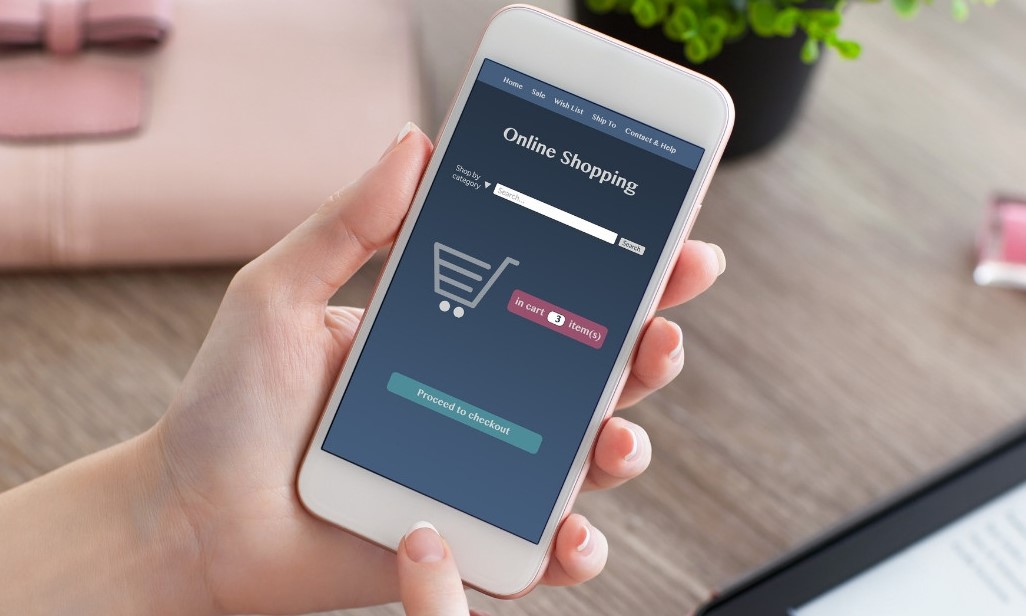
| Product | Use Case | Pros | Cons | Price | Features |
|---|---|---|---|---|---|
| Shopify | All-in-one e-commerce store | Easy to use, wide range of integrations | Transaction fees if not using Shopify Payments | $29/month | Customizable templates, SEO tools, marketing apps |
| Oberlo | Dropshipping | Automates product sourcing and fulfillment | Limited to Shopify users | Free | Product sourcing, automatic fulfillment, tracking |
| ShipStation | Shipping management | Integrates with multiple carriers, automated process | Limited features in lower-priced plans | $9/month | Shipping automation, carrier integration |
| WooCommerce | Customizable WordPress store | Free, highly customizable, no transaction fees | Requires hosting, technical skills needed | Free | Full control, extensive plugin support |
| BigCommerce | Large-scale e-commerce | No transaction fees, highly scalable | Limited design customization without coding | $29.95/month | Multi-channel sales, scalability, SEO optimization |
Where and How to Buy E-commerce Tools
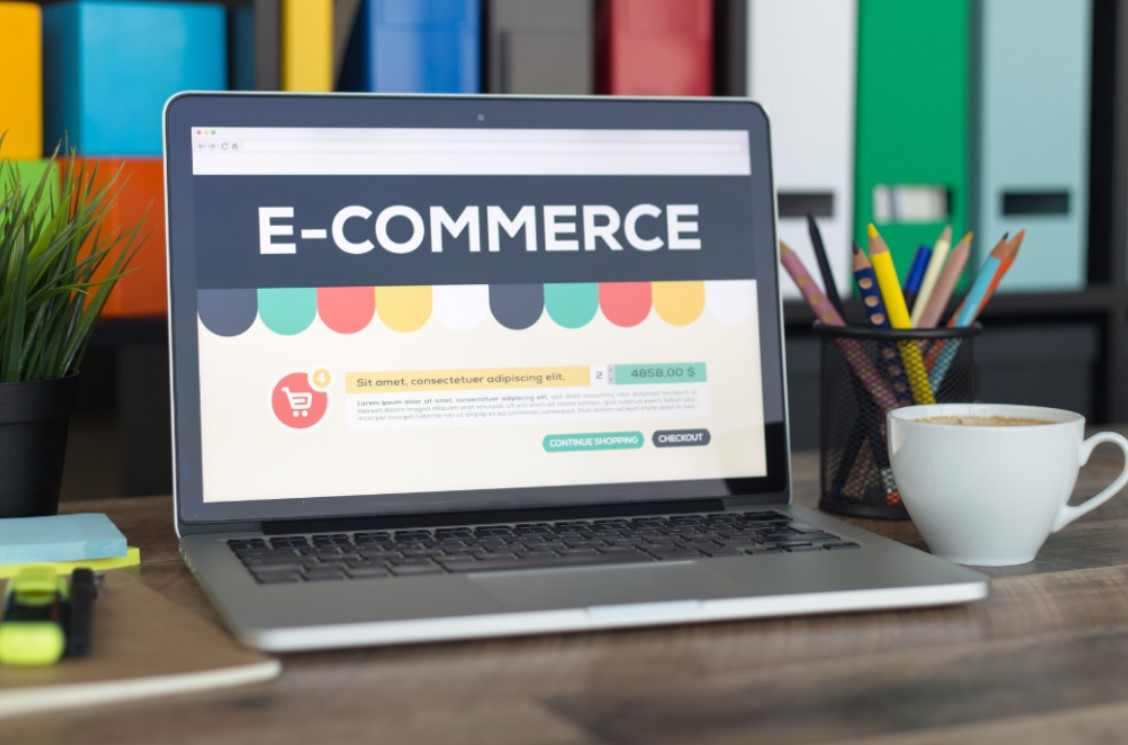
- Shopify: You can purchase Shopify directly from Shopify, with pricing starting at $29/month.
- Oberlo: Oberlo is free for Shopify users and can be integrated by signing up at Oberlo.
- ShipStation: Visit ShipStation to sign up for a plan starting at $9/month.
- WooCommerce: Download WooCommerce for free from WooCommerce, though hosting and plugin costs may apply.
- BigCommerce: Available at BigCommerce, starting at $29.95/month.
Frequently Asked Questions (FAQs)
- What is the easiest platform for beginners to use?
Shopify is widely considered the most beginner-friendly platform due to its easy setup and comprehensive support resources. - What is dropshipping, and how does it work?
Dropshipping is a business model where you sell products without holding inventory. Tools like Oberlo allow you to source products from suppliers who handle shipping and fulfillment. - How much does it cost to build an e-commerce website?
Costs can vary. Platforms like WooCommerce are free but require hosting, while Shopify starts at $29/month. Additional costs may include marketing, plugins, and design. - What payment gateways should I use?
PayPal and Stripe are popular choices for accepting payments, both of which integrate seamlessly with most e-commerce platforms. - How do I handle shipping for my e-commerce store?
Tools like ShipStation can help automate and manage shipping by integrating with carriers such as UPS, FedEx, and USPS.
By following this guide, you’re well on your way to building a successful e-commerce business from scratch. Choosing the right tools, building a strong brand, and optimizing your website for SEO and marketing are key factors in your success. Now it’s time to take action and start building your e-commerce empire!
